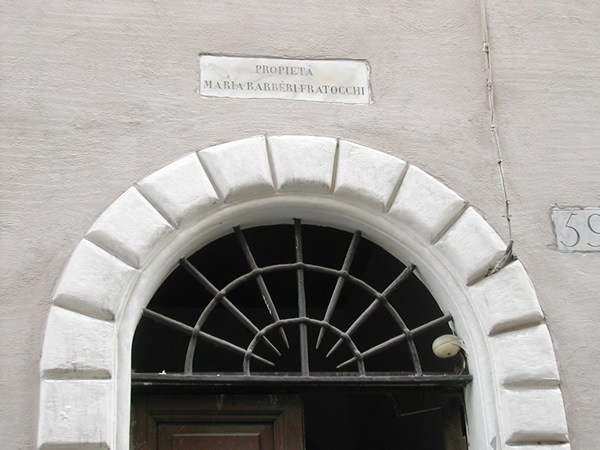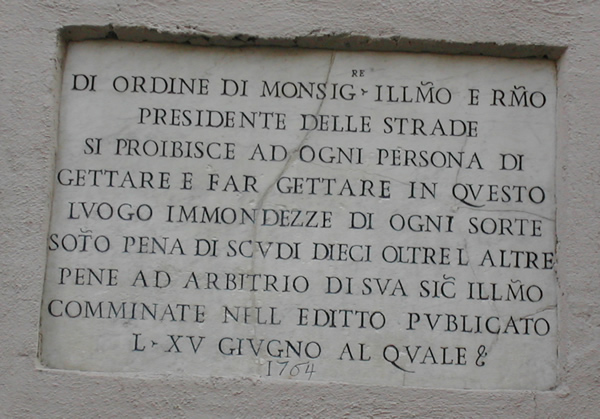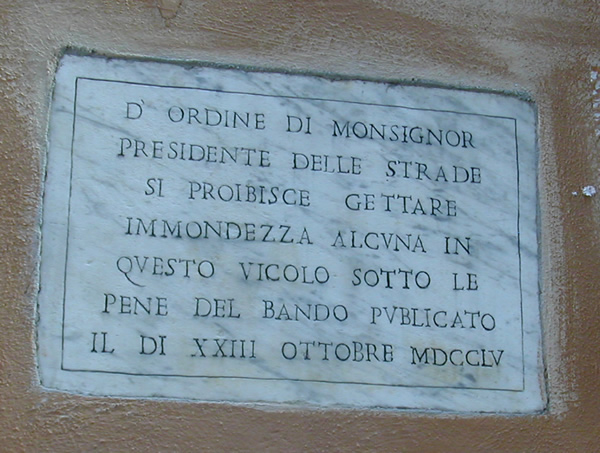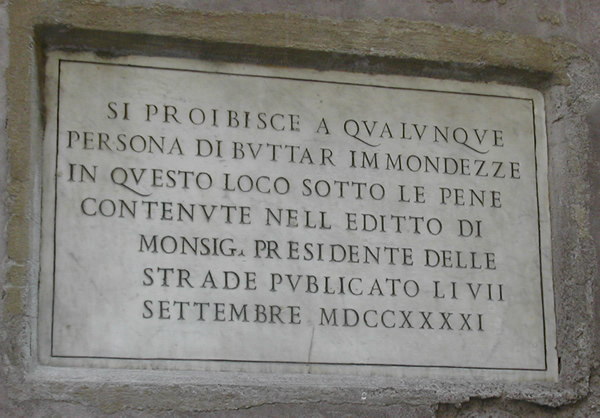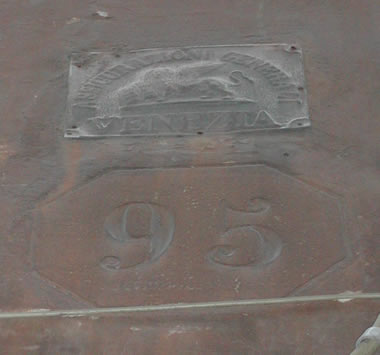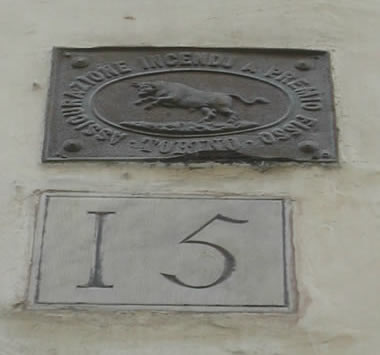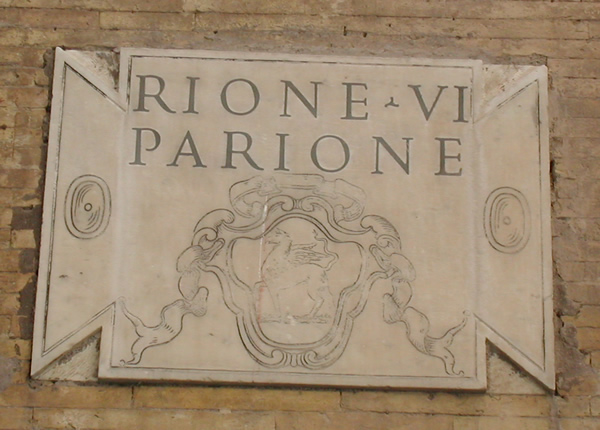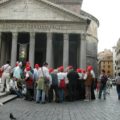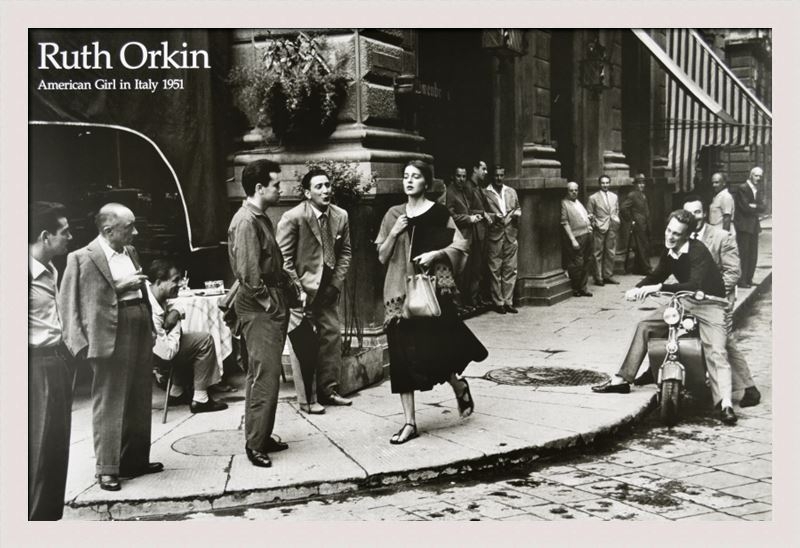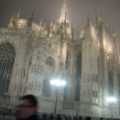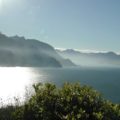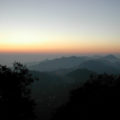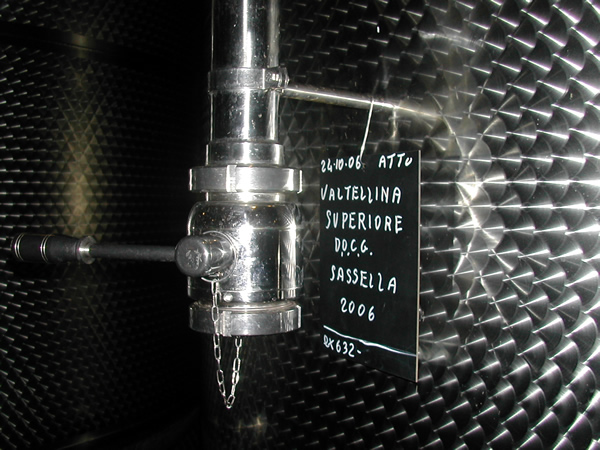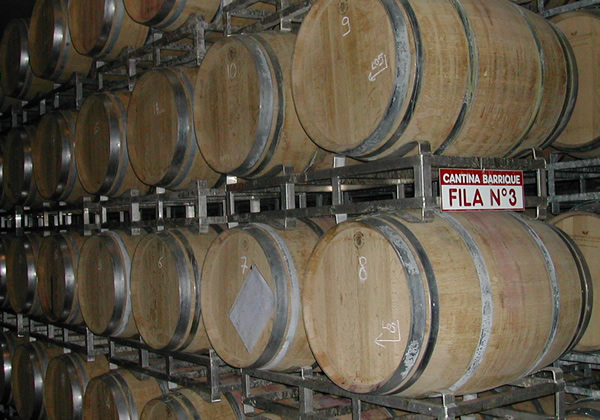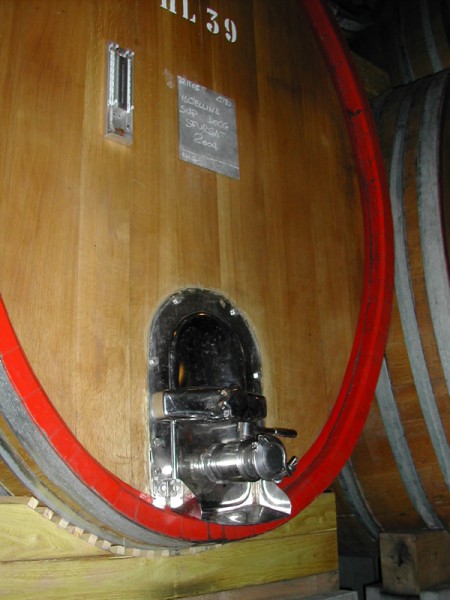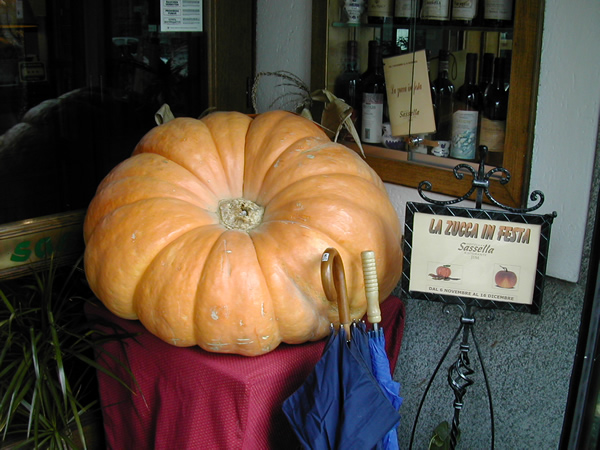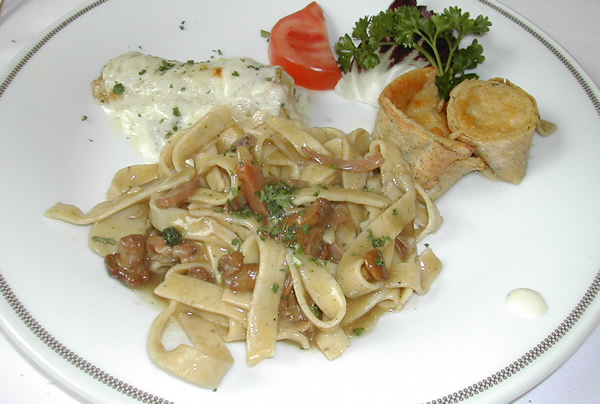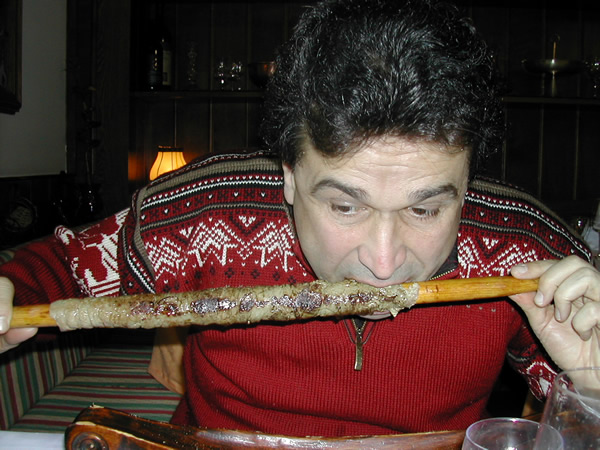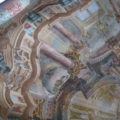School continues to be hell, not just for Rossella, but also for her parents. She scraped through her repeat second year at a new (private, Catholic) school with two academic debits (failed classes) – math and physics, as always.
Being in private school has advantages: last year she had private tutoring in math from a retired teacher with whom she got along very well, and even came close to passing a test or two towards the end of the year. Her regular math teacher was pleased with her progress, and actually in tears at losing her to another teacher this year.
This new teacher appears to be… inexperienced. While discounting for Ross’ prejudices against teachers, and especially math teachers, I do suspect there’s a real problem there. Ross’ story is that the teacher can’t keep control of the class or keep their attention; suggestions from the students on how to do so (e.g., have them do problems on the board, as their previous teacher did) were not heeded for long. So the teacher, out of some spirit of revenge, or because she thinks they should know the stuff, gives them long and complex tests which few of the class have any hope of getting through.
One group of students decided to divide up the test, each doing a part, and then swap their results. Those results were not necessarily correct, but at least they got through the whole test, which is more than most of the students toughing it out on their own were able to do.
I don’t know how they are pulling this off under the teacher’s nose – like most teachers in Italy, she seems to be blissfully unaware of (or deliberately ignoring) the massive cheating that goes on in her classroom.
This has long been a mystery to me. Every child and parent you speak to in Italy is well aware that cheating goes on. Many parents will admit to having done it themselves, and tacitly or explicitly condone their own children’s cheating. So how can the teachers not know that it’s occurring? Perhaps those who choose to become teachers were such academic swots (secchioni – big buckets – is the Italian term) in their own schooldays that they never needed or wanted to cheat, and therefore never learned the techniques, and don’t know what to look out for.
This widespread cheating is damaging in so many ways. In situations like the one with the current math teacher, Ross and others who don’t cheat will fail the test – without the cheating, according to Ross, almost all of the class would have failed that particular test. Were that to happen, the teacher and the principal would (I suppose) have to take note. I’m not a strong believer in bell curves, but if 90% of your class fails, something went wrong that you can’t just blame on the students.
However, those who cheated got higher marks than they otherwise would have, skewing the results. Were the teacher to be confronted on her unsuccessful teaching style, she could point to those kids and say: “Some of them obviously succeeded in learning from me.” They didn’t – they cheated. So the teacher can continue to believe that she’s doing a good job. And Ross, and others, will continue to struggle and fail – honestly.
Last year at this school, a girl close to graduating was discovered to have been cheating on her Greek tests for years. She was not allowed to take the maturita’ (school leaving exam), and was forced to repeat the year. But why did it take her teachers so long to catch on?
Jun 26, 2007 – The math teacher finally caught on when, on the last test of the year, 90% of the tests turned in were identical. Only Ross and one other student (out of a class of ~25) had not cheated. The teacher zeroed out the results of that test and gave another one the following week, which was to Ross’ advantage as she had not done well on the first one. But the teacher did not go back and re-evaluate what had happened on the previous tests, nor did she recalculate anyone’s final grades.
To my mind, there should have been a penalty for the cheaters. All these kids have now learned by experience that cheating is fine, as long as you can get away with it, and there are no real penalties even when you do get caught! And this in a class where the physics teacher had earlier been angry over the degree of cheating he observed on one of his tests, and warned them that if it happened again there would be consequences. But when it happened again with a different teacher, there were no consequences. Again, very poor moral lesson: if one "boss" catches you misbehaving, try it on another.
Situations like this make me just want to go and slap somebody.
Your thoughts and experiences on this?



